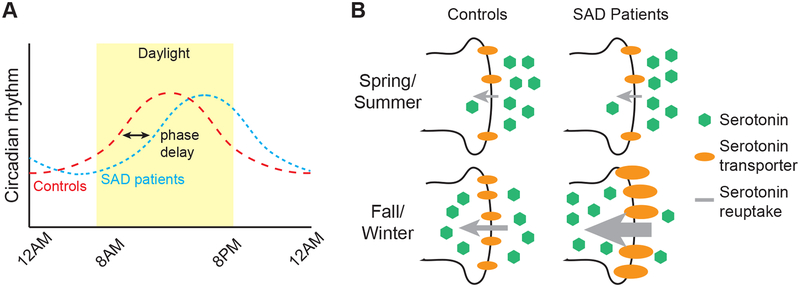Figure 1. Proposed pathological mechanisms of Seasonal Affective Disorder.
(A) The phase-shift hypothesis. Compared to control individuals (red broken line), in SAD patients (blue broken line) the daily circadian rhythm is delayed with respect to clock time, creating a discordance between the circadian rhythm and the clock time/sleep-wake cycle. The discordance, which essentially produces a winter-long jet lag for patients with SAD, is hypothesized to lead to depressive symptoms.
(B) The serotonin hypothesis. In control individuals there is greater binding potential at the pre-synaptic serotonin transporter during fall/winter compared to summer months and in SAD patients, there is even greater binding potential during fall/winter compared to healthy individuals. Greater binding potential is schematized in the figure through the use of greater number and/or thicker representations of the transporters. According to the monoamine hypothesis of depression, if greater binding at the transporter results in greater uptake of serotonin into the presynaptic neuron and less available serotonin in the synapse cleft, the outcome could be the appearance of depressive symptoms in affected individuals.

